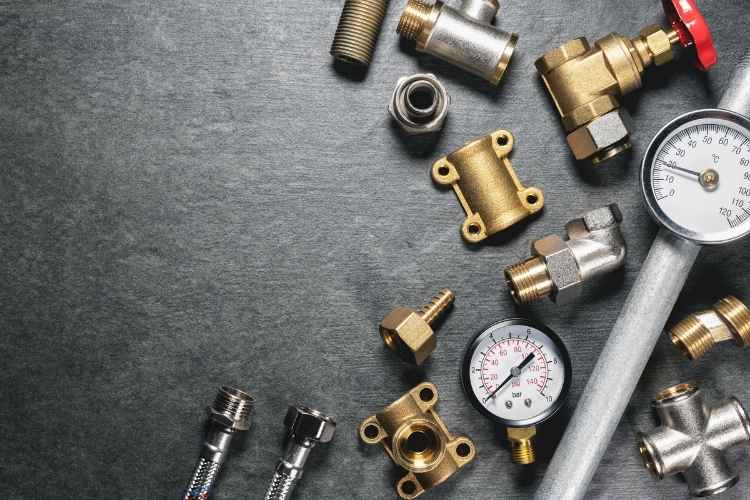In this blog we are going to tell you about Install Plumbing in A Concrete Slab, so read this blog carefully to get the complete information.
A house requires skill, tenacity, precision, and talent to build and pipe. Since they are situated underneath the slab, plumbing systems in concrete slabs are installed before the concrete is poured. But the drain-waste-vent, or DWV, the system must first receive approval from the building inspector before you can even pour the slab. In this article, we will discuss “how to install plumbing in a concrete slab?”.
Plumbing Trenches
Where a digger needs to dig the trenches for the DWV system is specified in the foundation designs for your home. The DWV system, which drains toward the ultimate sewer connection, must be installed by digging trenches that sit beneath the slab, even though water supply lines can be installed in the walls themselves to serve fixtures from behind walls. Each trench needs to have a slope that complies with the standards of the local building code, typically a 1/4-inch drop every foot. If the house is below the sewer connection, you may need a lift station.
Considerations
You will need to incorporate a waste pump to force the water out into the city lines if your home is being built in a location where the home’s sewage lines are lower than the city’s sewer lines. This is due to the fact that when the pipes you need to access are higher up the hill, you cannot slope the pipes to drain (slope). The other option is to use imported dirt or fill to raise the land to street level. Before any piping is placed or home construction is ever considered, this must be engineered, compacted, tested, and certified by a structural engineer/city authority.
Stand Pipes or Stub-Outs
If there are any slab footings, the plumbing trenches are normally also dug at the same time. The sewer pipes and stub-outs, which are pipes that lie above the slab floor and eventually link the sink, toilet, bathtub or shower, and any other drains to the system, can be added after the trenches have been dug. Additionally, you require stub-outs for the vent stacks, which eventually need to pass through the entire roof. How many fixtures can be connected to each vent stack and drain is determined by plumbing regulations?
Traps, Vents and Cleanout installation
Every plumbing fixture must have a trap and a vent pipe that it connects to in order to comply with plumbing codes. The rules also call for clean-outs to be installed outside of the slab, typically close to the exterior of the foundation at its top. Clean-outs that have been placed correctly make it simple to maintain the system, particularly if it backs up. A pipe with a tightening sewer cap rests above grade in the clean-out.
Pipe Requirements
Based on the fixtures they will be connected to or where they will be installed in accordance with plumbing code standards, the size of the drains, stub-outs, and vent stacks will vary. The number of bathrooms and fixtures in a residence affects the drainage pipe’s final size. There needs to be a stub-out in the DWV system for each bathroom, sink, and drain in the home that is higher than the final slab height.
Excavation
Plumbing for a home must be extensively excavated, which calls for the usage of excavation tools. Setting the piping for a home necessitates the use of a backhoe because the amount of manual labor required is too great to be completed by hand. You can rent the necessary equipment if you know how to operate big machinery. To move dirt around, you will need to employ a professional excavation firm if you lack the necessary skills to operate a backhoe and other heavy machinery like a skid loader. Excavation is often carried out after the slab’s footers are poured but before the slab’s rebar is installed. The footers must be treated with extra care to prevent damage.
System checks and Tests
In order to test the DWV system for air or water leaks, the building inspector typically demands a temporary standpipe that is at least 10 feet tall above the highest fitting inserted. Before the slab is poured, the system must be fixed if it leaks. The sewage line leading to the septic system or sewer system needs to undergo the same testing.
RELETED – Metro Cash & Bear’s 50th Anniversary Offer: Is It Fake Or Real Opportunity to Grab
Conclusion
We Hope this blog is sufficient enough to provide the information about Install Plumbing in A Concrete Slab. Thanks for reading this blog.
